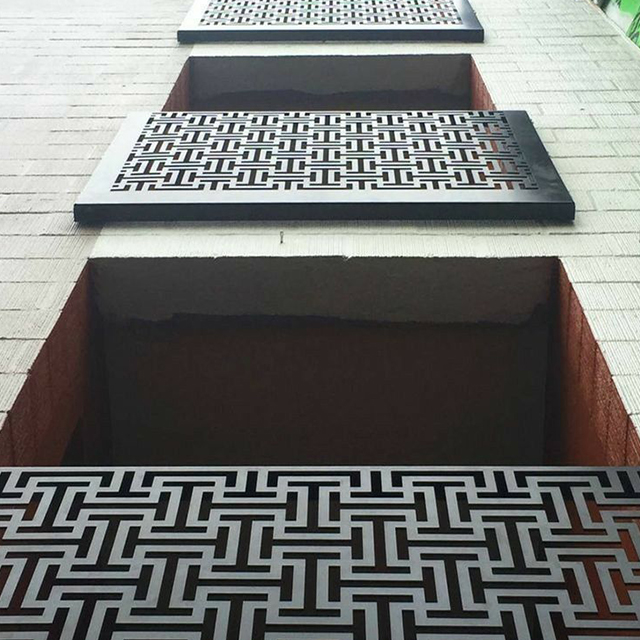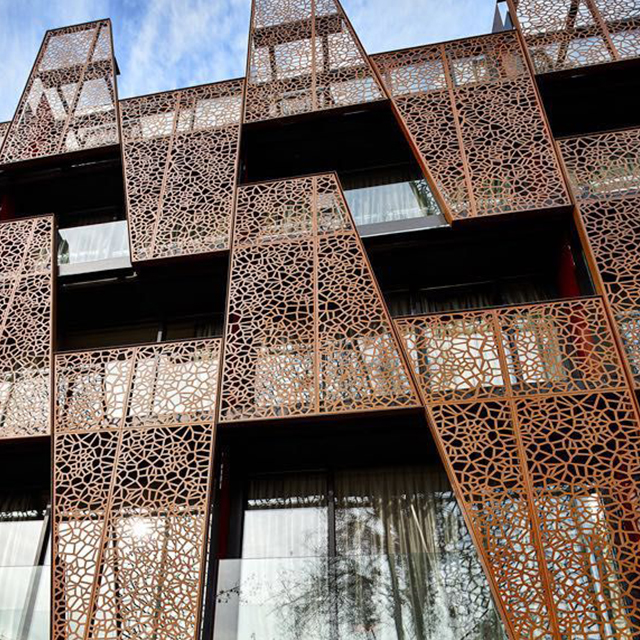In the realm of architecture, building facades play a crucial role, extending beyond mere aesthetics to encompass a range of functional and symbolic significance. They serve as the face of a structure, shaping its visual identity and influencing how it interacts with the surrounding environment. Understanding the importance of building facades empowers architects, engineers, and building owners to create structures that not only stand the test of time but also enhance the urban landscape and contribute to the well-being of occupants and the community.

Unveiling the Multifaceted Importance of Building Facades
- Aesthetics and Architectural Expression: Building facades serve as the canvas upon which architects express their creativity and design intent. They define the visual character of a structure, influencing how it is perceived and integrated into the urban fabric. A well-designed facade can elevate a building’s aesthetic appeal, making it a landmark or a harmonious addition to its surroundings.
- Functional Performance and Environmental Impact: Facades play a critical role in a building’s functional performance, influencing its energy efficiency, occupant comfort, and resilience to the elements. They can incorporate insulation materials to regulate interior temperatures, reducing energy consumption and lowering heating and cooling costs. Additionally, facades can be designed to mitigate noise pollution, control natural light, and protect against harsh weather conditions, such as strong winds, rain, and extreme temperatures.
- Symbolic Significance and Cultural Identity: Building facades can carry symbolic meaning, reflecting the cultural context, values, and aspirations of the community. They can incorporate historical references, local craftsmanship, or artistic expressions that resonate with the building’s occupants and the surrounding neighborhood. A well-designed facade can reinforce a sense of place, foster community pride, and contribute to the cultural identity of a neighborhood or city.
- Impact on Occupant Well-being and Health: Facades can significantly impact the well-being and health of a building’s occupants. They can influence natural light levels, providing a sense of connection to the outdoors and promoting circadian rhythms. Additionally, facades can incorporate design elements that enhance indoor air quality, reduce stress levels, and create a more comfortable and stimulating indoor environment.
- Sustainability and Environmental Stewardship: Facades can play a crucial role in promoting sustainable building practices and reducing a structure’s environmental impact. They can incorporate recycled materials, utilize passive solar design principles, and employ energy-efficient technologies to minimize a building’s energy consumption and carbon footprint. Additionally, facades can be designed to harvest rainwater, promote biodiversity, and contribute to a more sustainable urban environment.
The Role of Aluminum Veneer in Enhancing Building Facades
Aluminum veneer, with its exceptional aesthetic appeal, durability, and versatility, has emerged as a frontrunner in cladding building facades. These lightweight, corrosion-resistant panels offer a myriad of benefits that make them a compelling choice for a wide range of structures:
- Aesthetics: Aluminum veneer offers a vast array of aesthetic options, with a wide range of colors, finishes, and textures to complement diverse architectural styles. Its versatility allows architects and designers to create visually striking and unique facades that align with the overall aesthetic vision for the building.
- Durability: Aluminum cladding is renowned for its exceptional durability, withstanding harsh weather conditions, corrosion, and UV radiation. This resilience translates into long-lasting facades that require minimal maintenance, ensuring the building’s exterior retains its aesthetic appeal and structural integrity for decades.
- Lightweight Construction: Aluminum is one of the lightest metals commonly used in construction, making aluminum cladding panels significantly lighter than traditional materials like brick or concrete. This lightweight construction reduces the overall weight of the building, minimizing structural requirements and potentially leading to cost savings in foundation and framing.
- Sustainability: Aluminum is a highly recyclable material, aligning with environmentally conscious building practices. Its long lifespan further reduces its environmental impact, as it minimizes the need for frequent replacements and associated waste generation.
- Ease of Installation: Aluminum cladding panels are typically prefabricated and modular, streamlining the installation process and reducing construction time. This can lead to cost savings and project completion within shorter timelines, particularly for large-scale projects.
Conclusion
Building facades are not merely decorative elements; they play a crucial role in shaping a structure’s functionality, aesthetics, and environmental impact. By understanding the multifaceted importance of facades, architects, engineers, and building owners can create structures that not only stand the test of time but also enhance the urban landscape, promote occupant well-being, and contribute to a more sustainable future. Aluminum veneer, with its exceptional durability, aesthetic versatility, and commitment to sustainability, has emerged as a frontrunner in cladding building facades, empowering architects to create structures that are both visually stunning and functionally sound.


